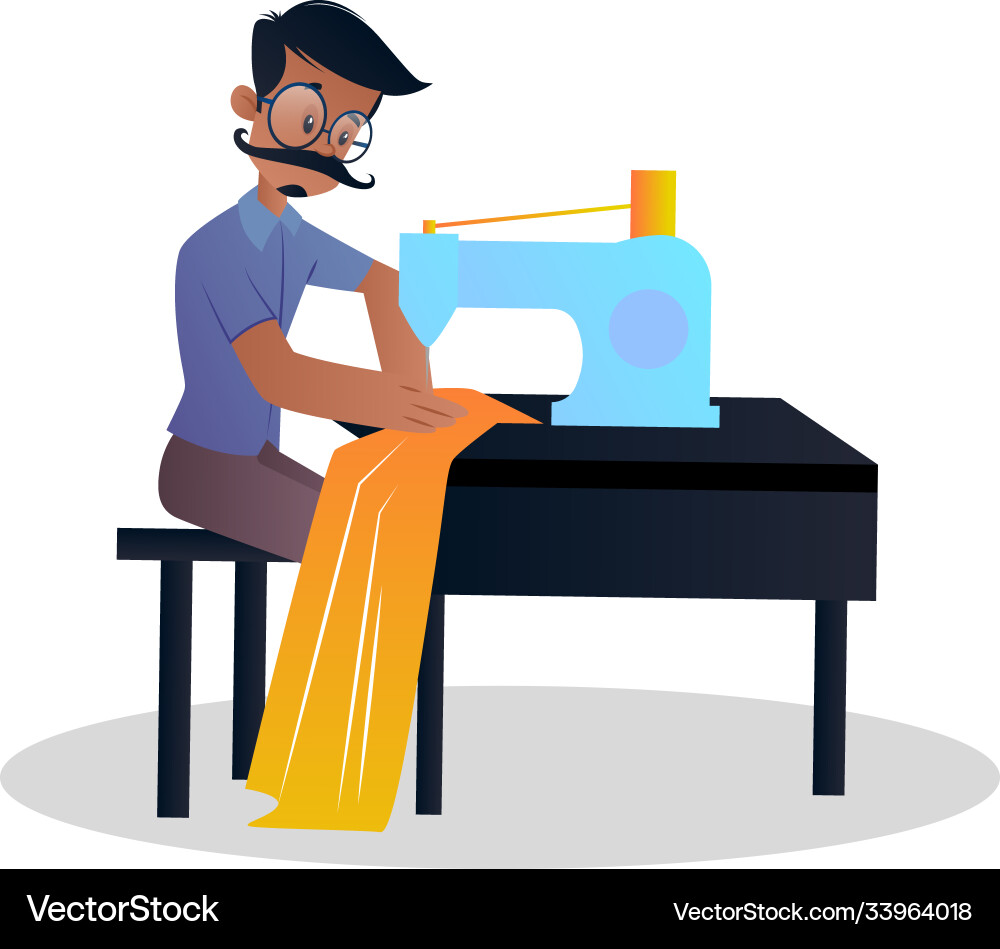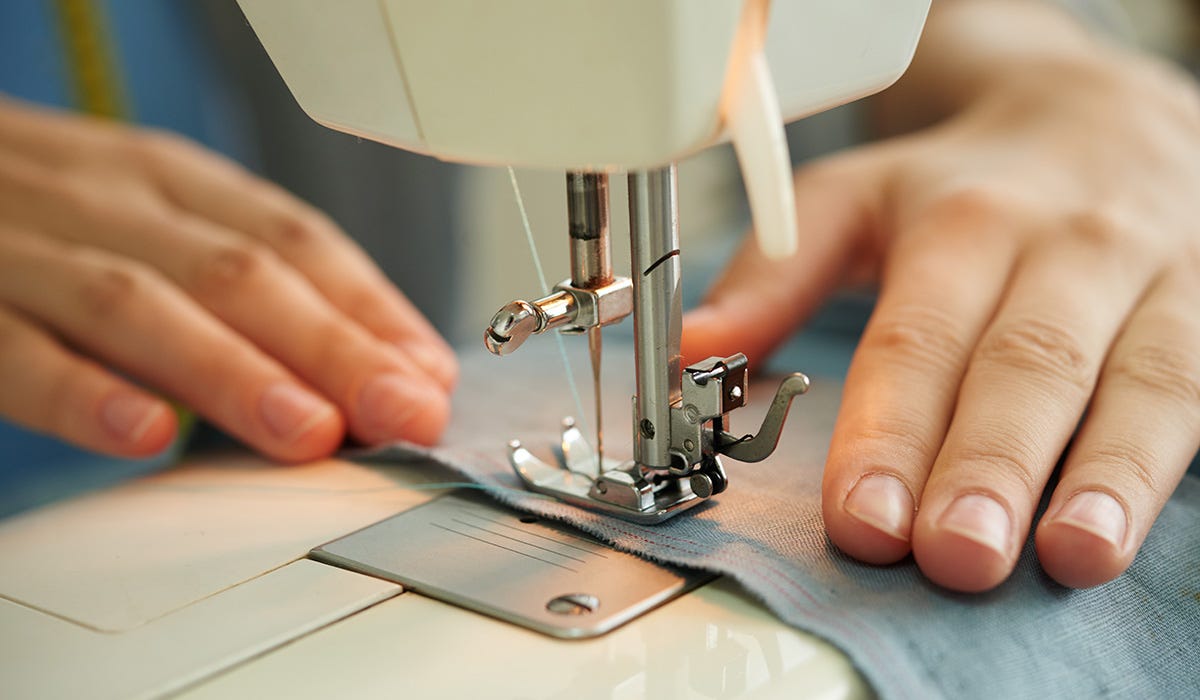Recognizing the Tailoring Process: From Material Choice to Final Fitting for the Suitable Closet
The tailoring process is an intricate interaction of art and science, beginning with the critical choice of material selection and culminating in the exact changes of last installations. Each textile kind brings unique qualities that influence not just the visual allure yet likewise the garment's longevity and viability for various events.
Relevance of Fabric Option
Picking the right material is vital in the customizing process, as it directly influences the convenience, sturdiness, and general visual of the final garment (tailor perth). The choice of fabric sets the foundation for the garment's design, capability, and performance. Various textiles have special buildings, such as stretch, weight, and breathability, which can dramatically impact exactly how the garment drapes and fits the body
Moreover, textile option influences the garment's durability and convenience of care. Top quality textiles can hold up against wear and tear, maintaining their look and framework over time, while lower-quality materials might bring about pilling or fading. Additionally, the right textile adds to the garment's capacity to shift across periods and events, therefore enhancing flexibility.
A customized piece made from a suitable textile not just showcases craftsmanship but also boosts the wearer's confidence. Subsequently, recognizing the subtleties of fabric choice is critical for any type of customizing venture. It ensures that the last product not just satisfies the aesthetic needs of the customer however additionally straightens with functional requirements, therefore attaining an unified equilibrium between type and feature in the customized wardrobe.
Sorts Of Fabrics and Their Uses
Comprehending the various kinds of materials available is important for making notified choices during the customizing procedure. Each material possesses one-of-a-kind attributes that determine its viability for details garments and occasions.
Cotton, understood for its breathability and soft qualities, is perfect for sportswear and summer season garments. Its flexibility permits it to be tailored into every little thing from t-shirts to gowns. Wool, on the various other hand, is favored for its warmth and framework, making it an excellent option for official fits and outerwear - tailor perth. Its natural flexibility aids garments maintain form gradually.
Silk exhibits high-end and is lightweight, making it ideal for eveningwear and delicate shirts; nonetheless, it needs mindful handling as a result of its fragility. Bed linen, with its distinctive surface, is a preferred option for warm climates, providing a airy and crisp feeling, however it wrinkles easily, which might impact the garment's appearance.
Synthetic fabrics, such as polyester and nylon, deal resilience and resistance to creases, making them ideal for day-to-day wear and energetic garments. Understanding these material kinds and their residential properties allows for better decision-making, making sure that each tailored item not only fits well however likewise lines up with the intended purpose and event.
The Tailoring Strategies Discussed
The art of tailoring relies upon a range of methods that transform material right into well-fitted garments. Central to this procedure is pattern drafting, where a dressmaker produces templates based upon the client's dimensions and preferred style. This preliminary action ensures that the garment will certainly fit the user effectively prior to any type of cutting takes place.
When patterns are developed, cutting methods enter play. Accuracy is paramount as inaccuracies can lead useful link to misfitting garments. Tailors frequently make use of different reducing approaches, such as single-layer cutting for detailed styles and multiple-layer cutting for efficiency on standard patterns.
Basting is another crucial method, allowing dressmakers to temporarily sew fabric assemble for a preliminary installation. This technique uses the chance to evaluate the drape and overall silhouette before final stitching.
Seaming techniques, consisting of flat-felled joints and French seams, enhance the garment's resilience and visual allure. Tailors also utilize methods such as interfacing and padding to supply framework and shape to specific locations, like shoulders and collars.
Last but not least, ending up techniques, including hemming and edge ending up, ensure the garment's longevity while giving a refined look. With each other, these strategies form the foundation of effective customizing, leading to charming, custom-fit apparel.
Suitable Adjustments and Factors To Consider

Key considerations include the shoulder fit, which needs to neither droop neither limit motion, and the sleeve size, which ought to permit comfortable arm movement while preserving a sleek look. In addition, adjustments at the waistline can refine the shape, with choices to allow out or take in fabric as needed.
The increase of pants is another important element; it ought to rest easily over the hips without creating discomfort, enabling convenience of movement. Hemming sizes for both trousers and skirts should show the wearer's favored style while appreciating proportions.

Keeping Your Tailored Wardrobe
Constantly follow the treatment tag guidelines, which may recommend completely dry cleansing for delicate fabrics or equipment washing for even more sturdy materials. Stay clear of regular laundering, as this can wear down the textile and change the garment's form.
Storage space is equally vital; use cushioned wall mounts for coats and coats to preserve shoulder framework, and store trousers folded nicely or hung to avoid creasing. Safeguard garments from straight sunlight, which can fade shades and damages fibers.
Furthermore, routine inspections for minor fixings can stop larger issues. Look for loosened switches, tearing seams, or signs of moth damages, addressing these troubles without delay to keep the garment's integrity.
Finally, consider seasonal rotation. Using customized items in moderation enables fabrics to recoup, extending their life expectancy. By implementing these upkeep strategies, you can ensure that your tailored garments continue to be as excellent as the day you first used them, boosting your suitable closet for years to come.
Final Thought
The tailoring process, incorporating material option, experienced techniques, and precise fitting adjustments, plays an essential role in Our site creating garments that boost both comfort and design. Recognizing the importance of maintenance prolongs the life of customized garments, strengthening their value in a well-curated closet.
Choosing the ideal material is essential in the customizing procedure, as it straight influences the comfort, durability, and general aesthetic of the last garment. The selection of material establishes the foundation for the garment's capability, style, and efficiency. Various textiles have one-of-a-kind buildings, such as breathability, weight, and stretch, which can dramatically impact how the garment drapes and fits the body.
The art of tailoring depends on a variety of strategies that transform material into well-fitted garments.The customizing process, including material selection, experienced methods, and specific suitable adjustments, plays a critical duty in producing garments that improve both comfort and style.